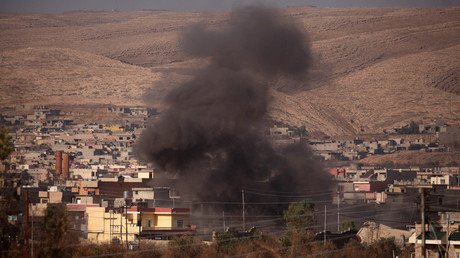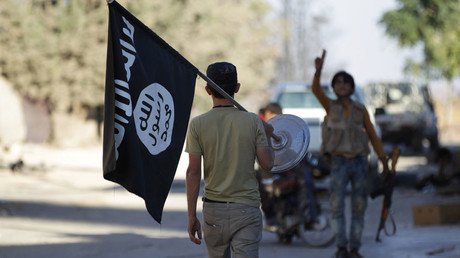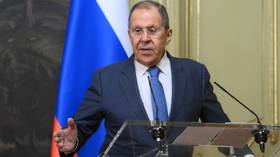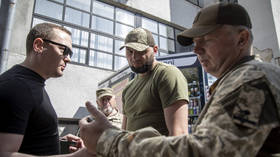ISIS executed at least 300 policemen in Iraq, buried in mass grave – Human Rights Watch
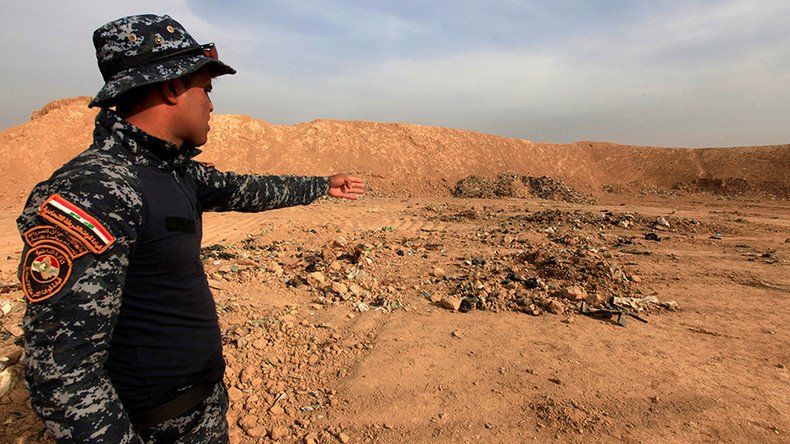
In a harrowing report published Thursday, Human Rights Watch detailed the slaughter of at least 300 former Iraqi police officers held captive by Islamic State (IS, formerly ISIS/ISIL).
The officers are believed to have been buried in a mass grave 30 kilometers southeast of the IS stronghold of Mosul.
The grave was first discovered by Iraqi troops advancing on the IS-held city of Mosul on November 7. Human Rights Watch (HRW) visited the site and, after interviewing eyewitnesses, compiled a report into what actually happened in the town of Hamam al-Alil.
“This is another piece of evidence of the horrific mass murder by ISIS of former law enforcement officers in and around Mosul,” Joe Stork, the Deputy Middle East director at Human Rights Watch, said in a statement. “ISIS should be held accountable for these crimes against humanity.”
Speaking to Ahmed (not his real name), a 28-year-old former policeman, HRW found that IS fighters began rounding up thousands of civilians from the vicinity on October 19 and forcing them to walk to Mosul, where the UN says they will be used as human shields. At the village of Safiyah, Ahmed says, all men aged 15 and up were called to the town center, where all those identified as former police officers were separated and driven away. Ahmed escaped by hiding in a villager’s house.
Ammar (also not his real name) was among the families forced to march to Mosul. On the night of October 28 in Hammam al-Alil, he saw IS militants driving trucks with around 100 to 125 men, some of whom he recognized as ex-police officers, past the agricultural college, before hearing screaming and gunfire minutes later. According to other witnesses, this happened two more nights in a row.
The agricultural college was used as a “killing field” by IS, a local English teacher told Reuters.
“They would torture them inside and then take them out of the neighborhood and either shoot them or slit their throats,” said 29-year-old Riyad.
The mass grave, located next to an agricultural college, has not yet been fully uncovered as it is thought to be lined with booby traps. However, at least 20 bodies are visible from the surface, a number of which seem to have been beheaded. Judging by the level of decomposition, the corpses must have been killed within the last three weeks. All the visible victims had been blindfolded and had their hands and ankles bound.
These latest atrocities come as Iraqi forces, backed by the Kurdish peshmerga and the US-led coalition, advance upon Mosul, one of the militant group’s key strongholds outside Syria. As the Islamist group retreats, it has begun rounding up and executing those who it suspects of plotting revolts to aid the advancing troops.
